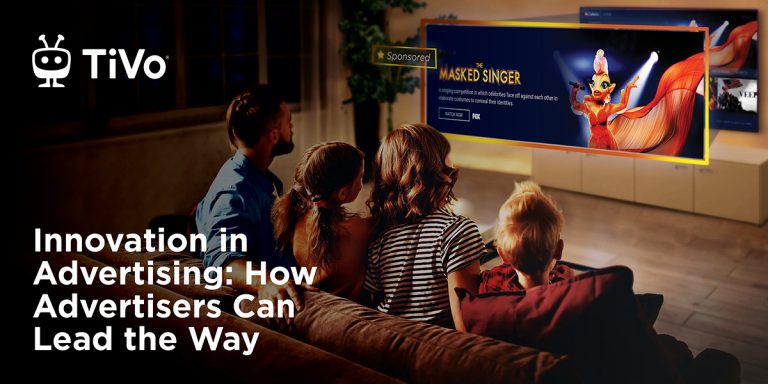By Fariba Zamaniyan
As many consumers will agree, advertisements during TV shows and movies can be interruptive to the full entertainment experience. Although people are more ad tolerant than ever according to the latest TiVo Video Trends Report, experiencing ads popup unexpectedly mid-show or before and after the movie, can put a sour taste in one’s mouth.
In this world of Connected TV (CTV), smart TV OEMs and streaming platforms, each provider and device manufacturer has been testing different ways to monetize the viewing experience – which is why there’s no formula or uniformity in how advertisements are currently displayed. Although there are new forms of advertisements, many in the entertainment and video space still rely on the “interrupt-driven” model of advertising. They rely on this structure that has been ruling the industry since the advent of cable television where the advertisements interrupt the program one is watching. This doesn’t have to be the way though.
With the rise in popularity of streaming and the proliferation of smart TVs across households throughout the world, there are new avenues for advertising that I believe are worth exploring. Advertisers are exploring new ad formats centered around the content experience. This will create a seamless experience for the viewer and further improve the relevancy of the advertisements.
One of the ways in which advertisers are testing the waters is by weaving products into the content of a program through either product placement or branded integrations. By doing so, brands will become synonymous with the show or movie – or with the action they’re used for in the piece of content. In Yellowstone, the use of Dodge trucks is an intentional choice where the product is integrated into the screenplay. This integration subtly conveys to viewers that Dodge is synonymous with Yellowstone and ranch life. While this is just one example, we’re going to continue to see an evolution of these types of integration and move toward more creative partnerships that bridge the gap between content and advertising.
This new route advertisers can take outside of the traditional “interrupt-driven” model will unlock new channels to monetize the entertainment experience. From more seamless in-show integrations to monetizing the smart TV home screen, we are entering a new future where the divide between content and advertising will blur – enhancing the viewer experience and opening new revenue streams for advertisers.


Comments are closed.